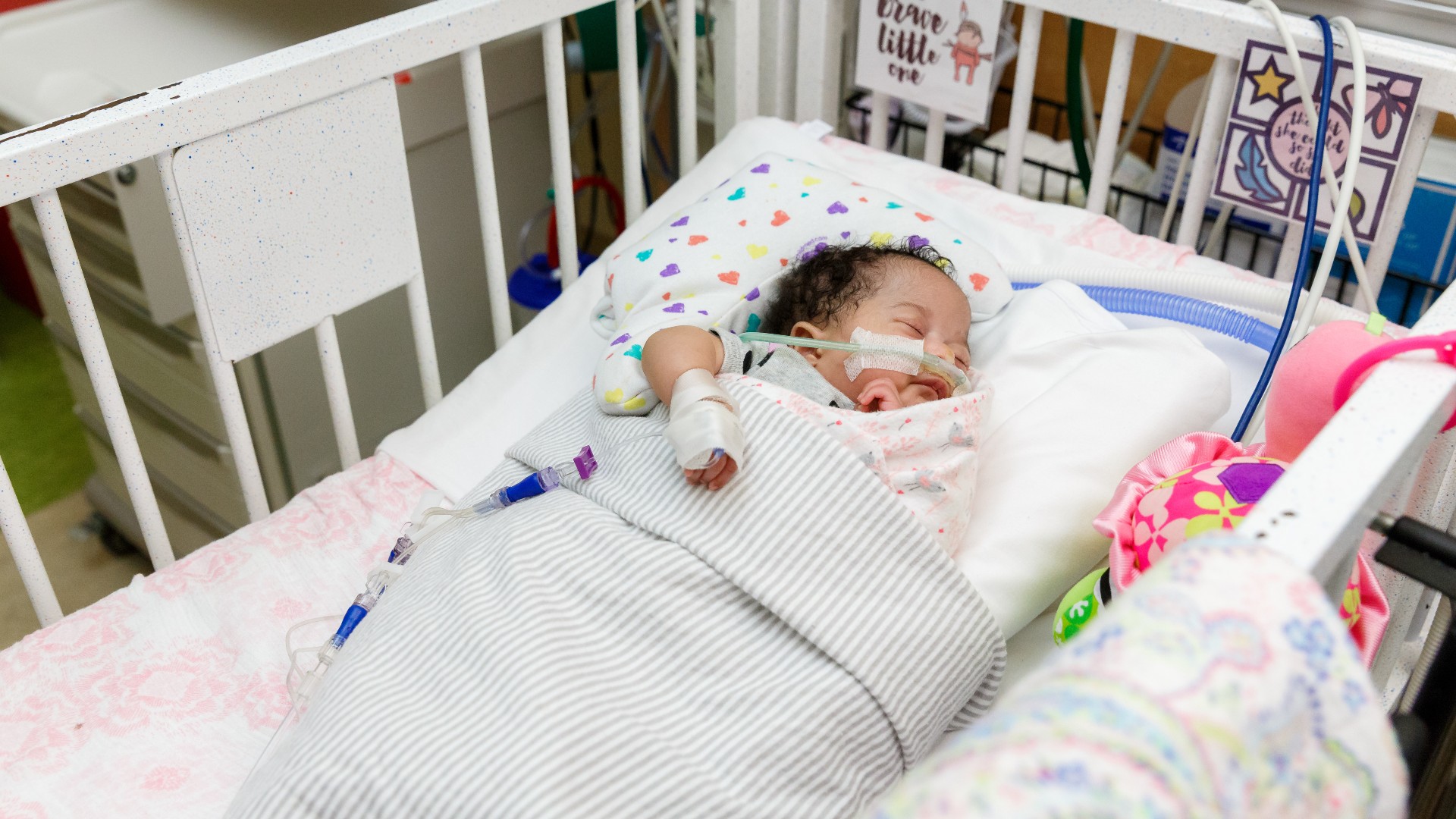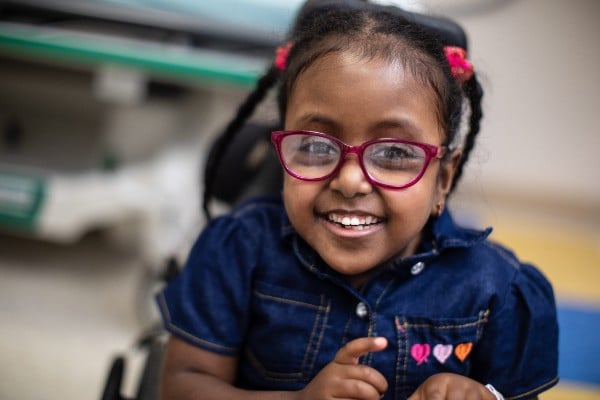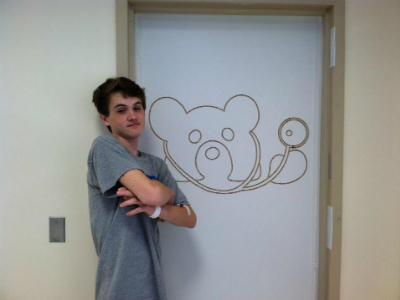Condition
Pediatric Intestinal Malrotation and Volvulus
Key Points about Intestinal Malrotation and Volvulus
- Malrotation happens when the intestine doesn’t turn like it should. A volvulus happens when the intestine becomes twisted. This causes an intestinal blockage.
- The most common symptoms are vomiting bile, stomach pain, diarrhea or constipation, and bloody stools.
- A volvulus is considered a life-threatening problem. This is because the intestine can die when it’s twisted and doesn’t have enough blood supply.
- If your child has a volvulus, they will likely have surgery as soon as possible to prevent damage.
- Most children who have a volvulus fixed with surgery often have no long-term problems if there wasn’t any intestinal damage.
Frequently Asked Questions
What is intestinal malrotation and volvulus?
What causes a malrotation or volvulus?
Who is at risk for a malrotation?
What are the symptoms of malrotation and volvulus?
How are a malrotation and volvulus diagnosed?
How are a malrotation and volvulus treated?
What are possible complications of a malrotation or volvulus?
How can I help my child live with a malrotation and volvulus?

Gastroenterology, Hepatology and Nutrition Treatment at Children's National Hospital
Our pediatric experts are dedicated to providing comprehensive and personalized care for your child to treat and manage the full range of digestive disorders. Discover more about the treatment we offer.

Providers Who Treat Intestinal Malrotation and Volvulus
Departments that Treat Intestinal Malrotation and Volvulus

Gastroenterology, Hepatology and Nutrition
Our gastroenterology experts provide expert diagnosis and treatments for children with digestive, liver and nutrition disorders.

Neonatology
Whether your infant has arrived prematurely or has a critical illness, the Children's National Hospital's top-ranked team assists in coordinating every service you and your baby need, including consultations, assessments, emergency treatments and continuing care.

Intestinal Rehabilitation Program
Our intestinal rehabilitation experts provide advanced, comprehensive services for children with intestinal failure.









.jpg)